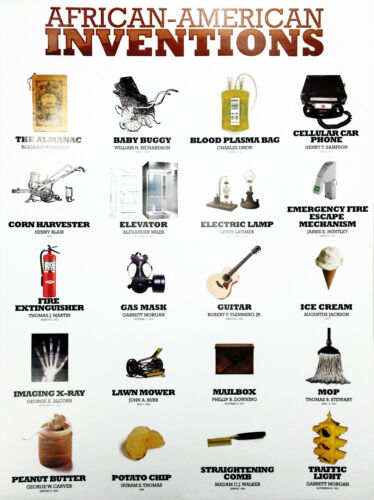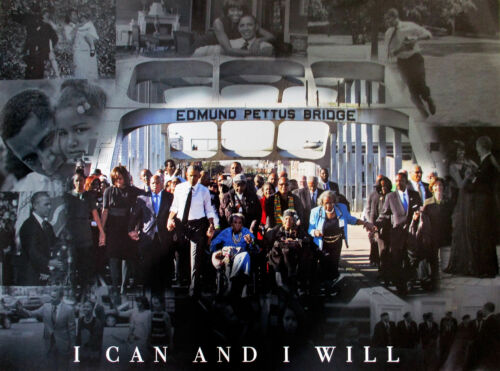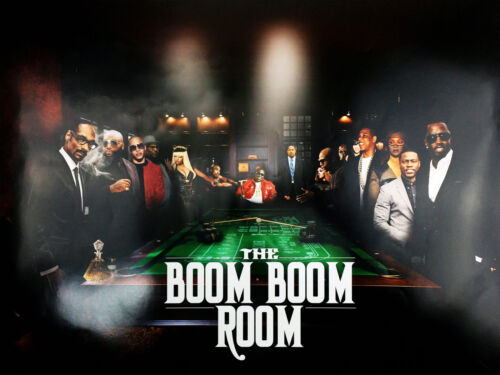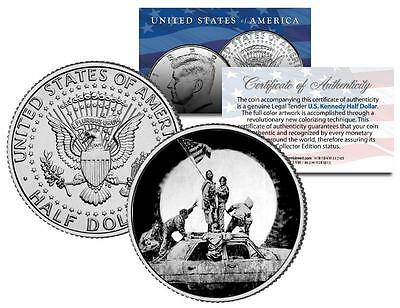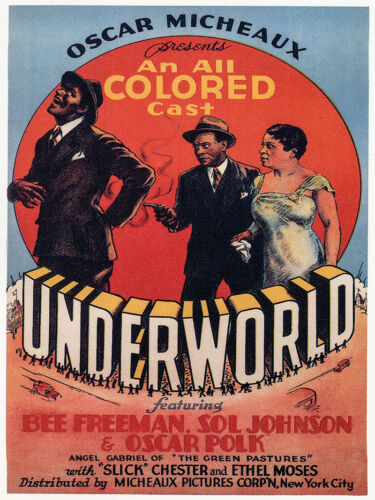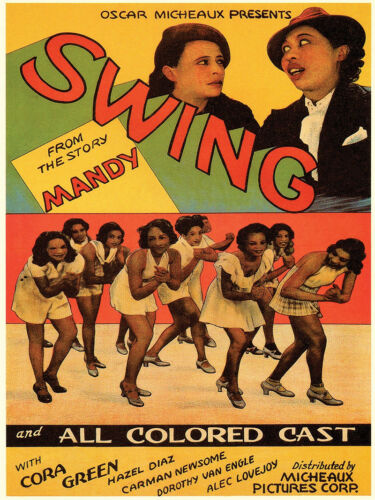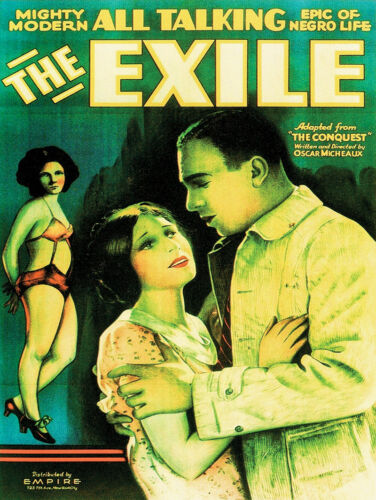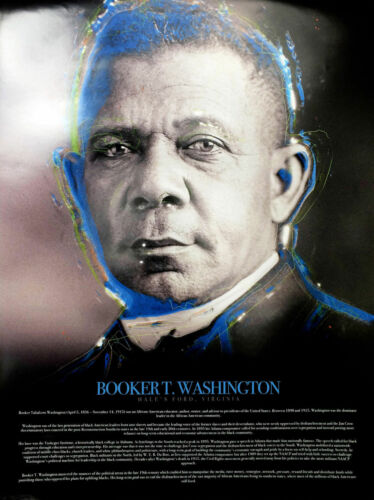-40%
VINTAGE AFRICAN AMERICAN CHICAGO WPA ARTIST WILLIAM McBRIDE JR ABSTRACT PAINTING
$ 3141.59
- Description
- Size Guide
Description
A spectacular oil on paperboard painting by acclaimed deceased African American artist William McBride, Jr. (1912 - 2000) measuring approximately 7 x 23 7/8 inches. Details and Biography below. Thanks for looking at this fantastic African American vintage painting.Oil on Paperboard
7 x 23 7/8 inches
Signed McBride in pencil on frame en versoe
Brilliant colors with creasing and loss upper right and left
From a southside Chicago Chatham neighborhood collector
A spectacular screenprint on wood painting by acclaimed deceased African American artist William McBride, Jr. (1912 - 2000) measuring approximately 16 5/16 x 8 3/16 x 1/2 inches. Details and Biography below. Thanks for looking at this fantastic African American vintage painting. Oil on Wood 16 5/16 x 8 3/16 x 1/2 inches Signed McBride lower right Excellent as pictured. From a southside Chicago Chatham neighborhood collector William McBride, Jr., (1912 - 2000) artist, art teacher, photographer, cultural and political activist, and mainstay of the South Side Community Art Center, was born in 1912 in the Algiers neighborhood of New Orleans. He was the second of three children of William and Mary McBride, vaudeville performers whose troupe, Billy and Mary Mack’s Merrymakers, included future Louis Armstrong sideman Johnny Dodds. When William McBride, Jr. was around 10 years old, the McBrides joined the great migration of African Americans, and specifically of New Orleans-based African American musicians, from the South to Northern cities. Arriving in Chicago’s burgeoning Bronzeville in the 1920s, the younger William McBride attended St. Elizabeth grammar school and Wendell Phillips High School. As a young man, McBride was interested in the visual arts and took classes at the School of the Art Institute of Chicago in the early 1930s. He joined the small coterie of young black artists led by George Neal, who formed the Art Crafts Guild, a precursor to the South Side Community Art Center. But lacking institutional support during the Great Depression, the Art Crafts Guild remained a small collective. During this time, McBride worked for the New Deal’s Civilian Conservation Corps. With the creation of the Federal Art Project of the New Deal’s Works Progress Administration in 1935, McBride finally found steady work as an artist. His work for the Illinois Art Project included designing posters advertising various cultural events. In 1938, McBride designed books and sketched costumes for the Federal Theater Project’s adaptation of Helen Bannerman’s 1899 children’s book, Little Black Sambo, directed by Shirley Graham, later the wife of W.E.B. Du Bois. William McBride was an early participant in the effort to establish the South Side Community Art Center. Initially this movement consisted of a dialogue between younger artists such as McBride and Margaret Taylor Goss (later Margaret Burroughs) and black middle-class arts supporters such as Irene McCoy Gaines and Pauline Kigh Reid. The initial organization was brought together at the South Side Settlement House by George Thorpe, director of the Illinois Art Project, and Peter Pollack, owner of the Chicago Artists Group Gallery on Michigan Avenue, one of the few places black artists were allowed to exhibit their work. The mission of the South Side Community Art Center, proclaimed by Margaret Taylor Goss as the “defense of culture,” was broad enough to incorporate the politics of respectability and the social activism of the Popular Front. One of many inner-city community art centers established by the Federal Art Project/Works Progress Administration, the center moved into an old mansion at 3831 S. Michigan Avenue in 1940. Although the first exhibition was held in late 1940, the center was formally dedicated by First Lady Eleanor Roosevelt at a ceremony chaired by Alain Locke in 1941. The Federal Art Project withdrew funding in mid-1942, but the South Side Community Art Center thrived, and today remains the only surviving community art center created under the WPA. The South Side Community Art Center proved an immediate success: In its first four months it drew 7,874 attendees to classes and its first four exhibitions. It provided a space for young artists honing their skills—such as William McBride, Margaret Burroughs, Charles White, Eldzier Cortor and Charles Sebree—to interact with established black Chicago masters such as Archibald Motley, Jr. and William Edouard Scott. The center also organized art programs for Southside youth, who often only did half-day shifts at overcrowded, segregated schools. In addition, the center ran a theater troupe, the Chicago Ngro Art Theatre, which nurtured the talents of Gwendolyn Brooks and Margaret Danner. The South Side Community Art Center was one of the most important hubs of Popular Front-era progressive black cultural politics, attracting renowned artist-activists such as Paul Robeson and Richard Wright. Perhaps McBride’s most celebrated work for the center was his overseeing the designs of the souvenir books and posters for the annual Artists and Models Ball, the center’s fundraising gala, which quickly became a marquee event on the Bronzeville calendar. McBride also composed elegant Christmas cards for Nelson Sykes’ Brass Rail tavern nearby. He became a painter of local renown in the 1940s. During that decade, McBride also wrote mostly unpublished plays, poems and songs. In the postwar and early Cold War years, William McBride was active in the buoyant dance scene of the Black Chicago Renaissance, serving as art director for the annual Sadie Bruce Dance Revue as well as the Mildred B. Haessler Ballet Group’s yearly concert. Along with concert programs and pictures of the dancers, the souvenir books McBride composed contained advertisements for, representations of and endorsements from many sectors of black Chicago society. McBride also created designs for black Chicago insurance companies of the period, such as the Metropolitan Mutual Assurance Company. As the victories of the independence movements in Africa roused African American interest, McBride began traveling to post-colonial nations such as Ghana and Benin, attending events of the Mbari movement of Anglophone artists and writers such as Wole Soyinka in Ibadan, Nigeria, and collecting art to bring back to the United States. His African art collection helped raise black diaspora consciousness in Chicago. During the rise of the black studies and community college movements in Chicago, McBride taught art classes at Malcolm X College, Kennedy-King College and Olive-Harvey College. He also ran art workshops at the West Garfield Urban Progress Center and the Woodlawn Art Center. In the mid-1970s, McBride and his longtime friend, advertiser Nahum Brascher, Jr., designed a multifaceted game for children called Taw Ghamma. Taw Ghamma remained opaque and esoteric even to McBride and Brascher’s circle of artist and intellectual acquaintances, but the game’s comedic irreverence, interest in black institution building from the bottom up and commitment to promoting the verbal and intellectual development of ghettoized children of color, won respect. In the 1980s William McBride continued to create art, write and attend cultural and political events. In the 1990s McBride was slowed by illness, and he died on August 11, 2000 at the Alden Princeton Rehabilitation Center at age 87, leaving behind one sister, Mary J. McBride. Bibliography Challos, Courtney. “William McBride, Artist, Collector, Force for WPA.” Chicago Tribune , August 17, 2000. Lawrence, Curtis. “William McBride, South Side Collector.” Chicago Sun-Times , August 16, 2000. Lloyd, Judith Burson. “The Flowering: African-American Artists and Friends in 1940s Chicago: A Look at the South Side Community Art Center.” Illinois Art Gallery , April 7-May 28, 1993. Mullen, Bill V. Popular Fronts: Chicago and African American Cultural Politics, 1935-46 . Chicago: University of Illinois Press, 1999. Scope and Content Note Series 1: Biography (1934-1979) Series 1 contains biographical materials related to the life of William McBride, such as identification and registration cards. Of special interest are manuscripts on the lives of William McBride, Jr.’s vaudevillian parents, a “brief composition on the lives of William McBride, Sr., and William McBride, Jr.,” and the funeral program of McBride’s mother, Mary McBride. Series 2: Manuscripts (1938-1987) Series 2 features the writings of William McBride, particularly his many poems from the early 1940s, which mostly explore the vibrancy of urban black culture and the bleakness of ghetto conditions, the latter most evident in “The Solid Side.” McBride’s writings from the 1980s are also remarkable for their depiction of an elder African American artist-intellectual who came of age during the Popular Front mulling the state of black America in the wake of the demise of Black Power and the ascendancy of Ronald Reagan. Other documents of interest include a 1952 Cold War speech by Edith S. Sampson, the first African American delegate to the United Nations, and the National Conference of Artists’ 1972 “Black Artist Manifesto.” Series 3: Correspondence (1935-1992) Series 3 details William McBride’s correspondence. Much of the correspondence is from McBride’s friends affiliated with the South Side Community Art Center, including Margaret Burroughs, William S. Carter and Fitzhugh Dinkins. It also includes the correspondence of Irene V. Clarke. Of special interest is a letter of thanks from Mahalia Jackson to William McBride’s mother, Mary McBride, for an outfit she designed for Jackson. Series 4: South Side Community Art Center (1939-1993) Series 4 extensively documents the South Side Community Art Center, from its origins through various activities commemorating its 50th anniversary in the early 1990s. The series contains many official documents, writings and publicity materials depicting the center’s establishment, programs and fliers for exhibitions of renowned artists such as Jacob Lawrence, Henry Ossawa Tanner and photographer Gordon Parks, as well as several of William McBride’s Artists and Models Ball souvenir books. Additionally, the series includes the program from the dedication ceremony featuring Eleanor Roosevelt. Series 5: Organizations (1933-1990) Series 5 features documents from many of the organizations William McBride participated in, such as the Illinois Art Project, the City Colleges of Chicago and Taw Ghamma, the game and company he designed with Nahum Brascher, Jr. Of particular interest are the Black Arts Movement-era documents of the National Conference of Artists, the McBride-designed production report books of the Federal Theater Project’s Little Black Sambo, and the promotional material of the Art Crafts Guild’s 1933 Artist’s Ball, a forerunner to the South Side Community Art Center’s Artists and Models Ball. Series 6: Art Exhibitions (1932-1994) Series 6 contains programs and promotional materials of various art exhibitions collected by William McBride. Of special interest are programs from the Mbari movement in Ibadan, Nigeria, and several documents from the 1963 Century of Ngro Progress fair, the last major African American exposition of its kind. Series 7: Posters (1933-1989) Series 7 contains many posters created and collected by William McBride. Unfortunately many of the posters are unsigned, so it is often not clear which ones McBride made. The posters capture the performances of a number of legendary black performers, such as Charlie Parker, Sammy Davis, Jr. and Association for the Advancement of Creative Musicians founding member Phil Cohran, at the height of their careers, and bring the cultural history of black Chicago to glossy, full-color life. The series includes a poster for Josephine Baker’s last concert in Chicago, at the Regal Theater; it is signed by Baker. Series 8: Programs (1907-1993) Series 8 features programs and promotional material from various cultural and political events not centered on visual art. Particularly unique is its documentation of black Chicago’s vibrant mid-20th century concert dance community, including programs and souvenir books from the Sadie Bruce Dance Revue, the Mildred B. Haessler Ballet Group, the Jimmy Payne Dancers, Sammy Dyer’s School of the Theatre, the Joseph Holmes Dance Theatre and the Muntu Dance-Theatre. Series 9: Subject Research Files (1928-1988) Series 9 includes documents grouped into five categories of interest exhibited by William McBride: Africa, the arts, business, Chicago, education and politics. The Africa section evokes his deep interest in the continent, especially its art and politics. The education section includes materials related to McBride’s teaching at the City Colleges of Chicago and to the study of black history more generally. The politics section includes documents on the Popular Front from the mid-1930s to the mid-1940s. Of particular interest is a 1939 booklet on Salaria Kee, an African American woman who served in the Abraham Lincoln Brigade during the Spanish Civil War. Series 10: Art Studies (1931-1980) Series 10 contains magazines and booklets related to the study of art. Series 11: Serials (1921-1991) Series 11 contains magazines and newspapers mostly related to art, politics and the African diaspora. The series includes many rare publications from the Black Power movement and the Black Arts movement. Series 12: Clippings (1932-1995) Series 12 includes articles from newspapers and magazines clipped by William McBride. Series 13: Photographs (1914-1987) Series 13 has a particular focus on Chicago’s music and dance communities. Noteworthy are several photographs of William McBride, photographs of early jazz musicians who migrated up from New Orleans in the years surrounding World War I, a photo portrait of Margaret Burroughs by Gordon Parks, a photograph of a young Dorothy Dandridge at an Artists and Models Ball, and extensive documentation of the funeral procession and internment of Harold Washington. Series 14: Memorabilia (1859-1989) Series 14 contains miscellaneous materials McBride archived throughout his life. It includes two of his Nelson Sykes Brass Rail Christmas Cards, a first edition of A Street in Bronzeville autographed to McBride by Gwendolyn Brooks and a Jackson Life Mutual Insurance Company calendar with a photograph by Gordon Parks. Related Collections: At the Vivian G. Harsh Research Collection of Afro-American History and Literature: Frances Minor Papers Perkins Family Papers William Edouard Scott Papers Susan Cayton Woodson Papers Also see the William McBride Art Collection at the South Side Community Art Center. Source: Chicago Public Library

